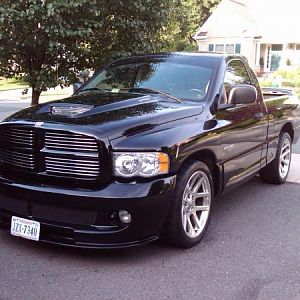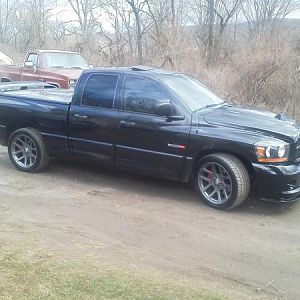Someone check my bench-racer math: A port that flows 285cfm at 28", on a 505cid V10, should be good for 670+hp. Subtract 30hp for accessories (I made that number up, so any read data is welcome) and an additional 13% for RC SRT10-like drivetrain losses, and a stock Gen III head should support around 550rwhp, correct? Based on that, a fully ported Gen III head (330cfm @ 28") should be good for right around an additional 93rwhp.
Man, I've seen those tables and, well I guess they could/should work. Do they?
I don't think so, not in the real world.
High cylinder head flow, sells heads when you are in the market for them. Remember the Viper engine already HAS a performance head and Mopar spent a TON of money on development because POWER sells performance vehicles. Can you make improvements in flow and power on a stock head? ABSOLUTELY but only up to a point.
Pro Stock used to "race" flow benches until they found an increase in c.f.m. was producing LESS power than the previous version of the ported head they tried, that actually flowed less.
There is quality of flow.
There is quantity of flow.
And then there is what the engine wants/needs which is a head that produces MAXIMUM power and NOT the maximum possible c.f.m. numbers.
Last edited:






